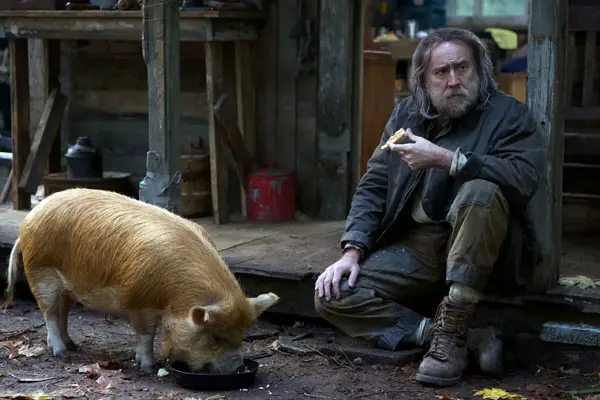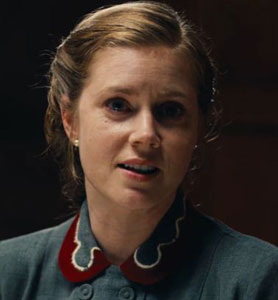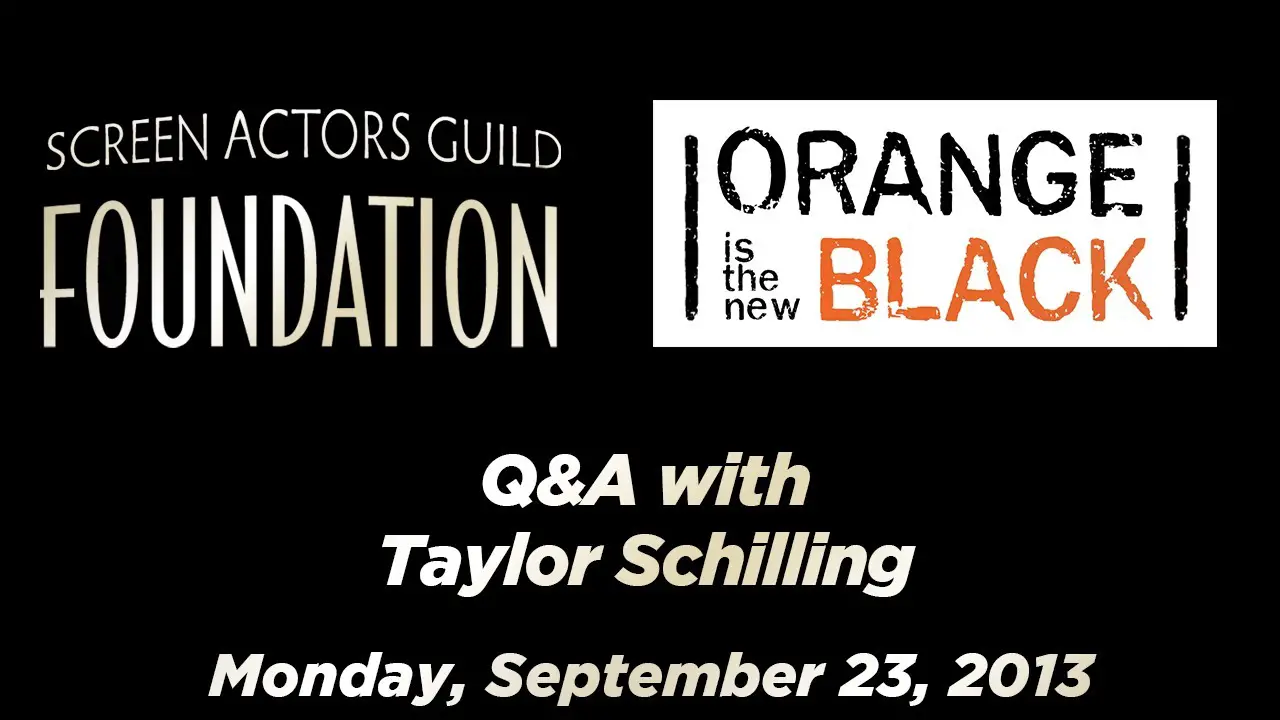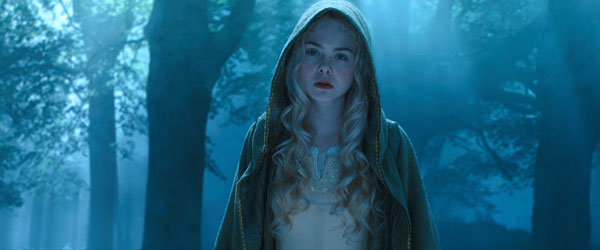
“On independent movies, you have more freedom to experiment and be fluid. There’s less pressure and there’s more oxygen in the room.” – Nicolas Cage
There is one rule that every film fan should know — don’t ever count Nicolas Cage out. While the Con Air, Face/Off, and Ghost Rider rarely appears in studio films anymore, Cage is out there continuing to star in fascinating independent films that feature the Academy Award-winning actor in offbeat roles. For instance, in Pig Cage stars as a disheveled truffle hunter whose prize pet pig is stolen. While that may sound like a John Wick ripoff, the critically-acclaimed film takes the scenario in an entirely different direction. Speaking with Variety about the film, Cage talks about why he has been focusing on indie films and what opportunities the role in Pig offered him.
Cage admits that he doesn’t miss big studio films anymore when he compares it to the creative freedom he enjoys in independent film. He explains, “When I was making Jerry Bruckheimer movies back-to-back, that was just a high pressure game. There were a lot of fun moments, but at the same time, there was also ‘We wrote this line. It has to be said this way.’ They’d put a camera on you and photograph you, and order you: ‘Now say the roller skate training wheels line.’ I’d say, ‘I’ll do that but I’d also like to try it this way.’ On independent movies, you have more freedom to experiment and be fluid. There’s less pressure and there’s more oxygen in the room.”
Still, while Cage has enjoyed the freedom of independent film and has recently starred in some wild movies (Color Out of Space, Willy’s Wonderland), he isn’t just defined by his “Nouveau Shamanic” acting method. Which is what brought him to Pig. He says, “I wanted to remind myself and also remind some folks perhaps in the audience or in the media that I could also apply myself to a much more quiet and measured performance style. I had gone on this tear, mission almost, to kind of break form with film performance and what was considered good performance by being naturalistic or photo-realistic or minimalistic.”
For Pig, Cage wanted to deliver a more subtle performance based on a more minimal approach. He explains, “I just wanted to show up on set, walk into a room and carry whatever my life experiences, whatever my memories were, whatever my bad dreams last night were, and just tell the story. I wanted to get back to a much more haiku, for lack of a better word, style of performance. When I say that I mean it quite literally. Haiku is five syllables, seven syllables, five syllables, and it’s really the quiet spaces that you’re led to contemplate that are inspired by the words and the syllables. That’s what this film is like.”




